How to Light a Log Burner: A Step-by-Step Guide
Our easy-to-follow guide to how to light a log burner is here to ensure you get the very most out of your wood burning stove
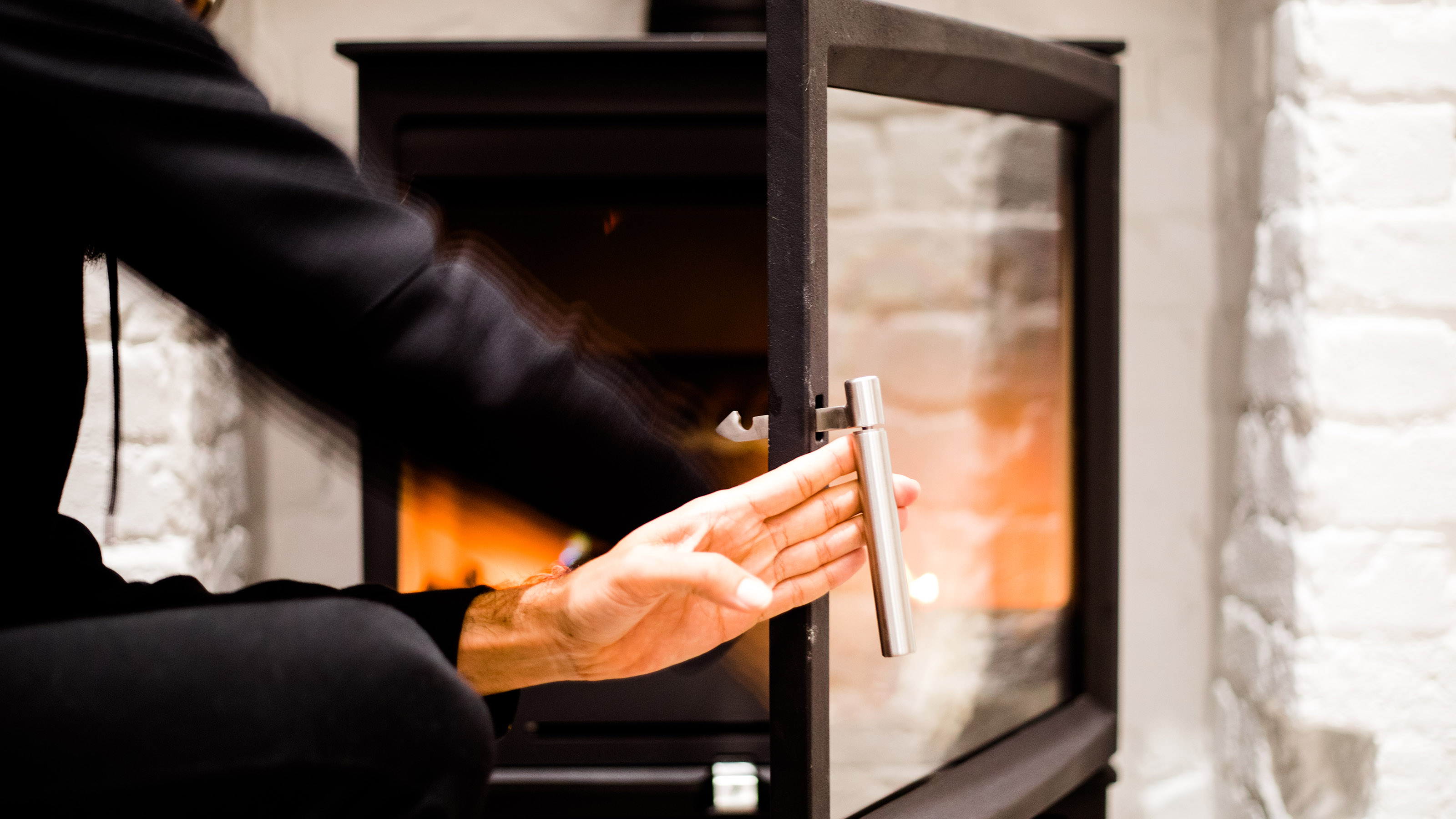
Wondering how to light a log burner? It is surprising how many people invest in a log burning stove only to stumble at this first hurdle.
Log burning stoves make the ideal focal point in any home — even when not lit. Not only do they provide lots of physical warmth, but they also exude character and charm — making them the ideal addition in newer properties that can sometimes be lacking in this department.
Our step-by-step guide is here to equip you with all the knowledge needed when it comes to how to light a log burner, ensuring you feel confident, not only in getting those flames flickering, but in keeping the fire from going out once lit and maintaining the right temperature.
We'll also be giving you some handy tips on the best types of wood to burn and how to ensure your wood burning stove performs efficiently.
(MORE: Check out these great Log Burner Ideas)
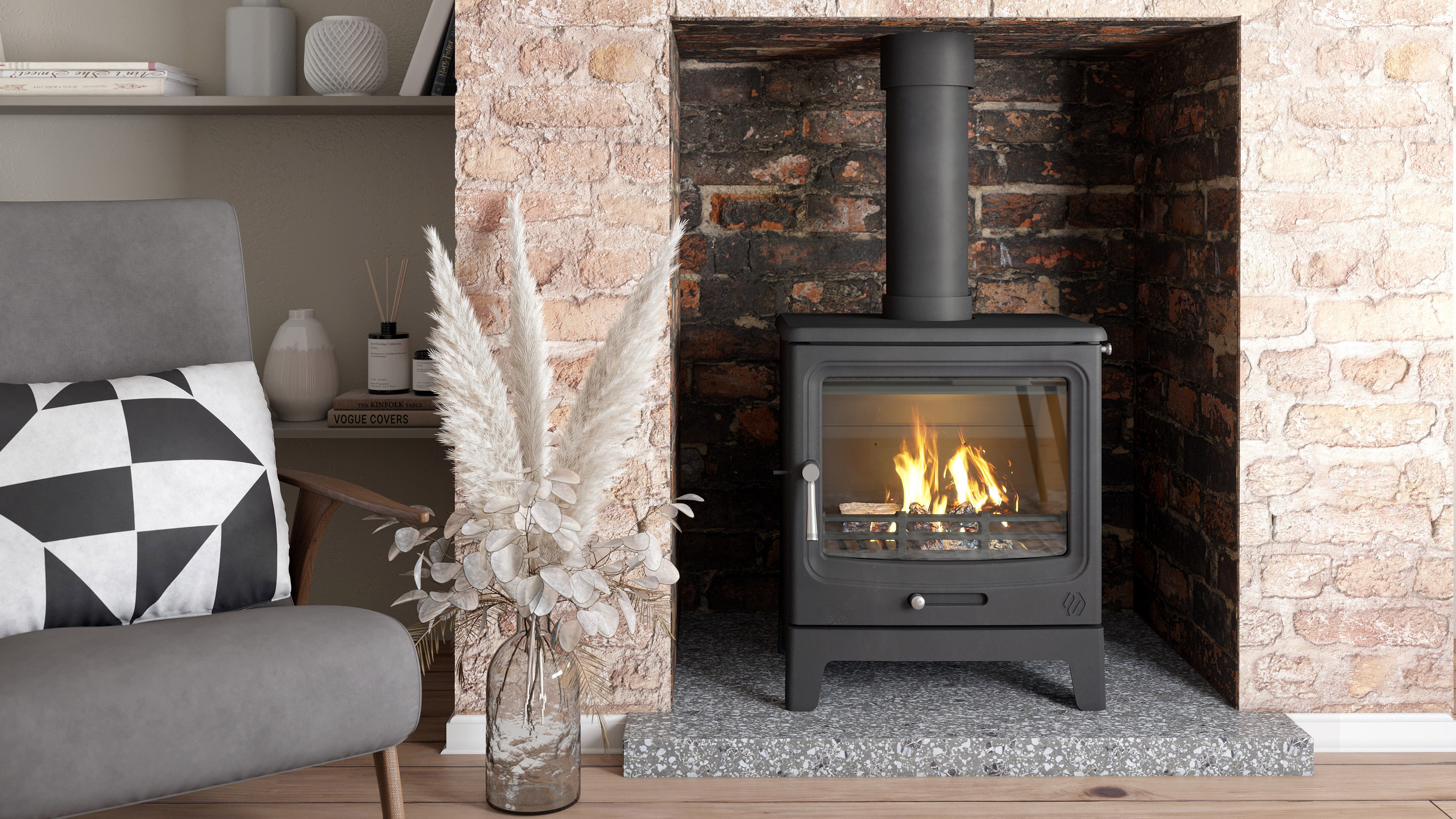
Firelighting Equipment: Your Essential Kit
Before getting started on how to light a log burner, it is useful to have everything you need to ignite the fire to hand. To light your fire, you will need the following items:
- Kindling: Small pieces of wood that get the fire going. Kindling should be dry and cut into short even lengths.
- Firelighters: There are several different types of firelighter. Some people swear by good old fashioned newspaper, crumpled into small balls or torn into strips. Alternatively, natural firelighters made from wood by-products are excellent — and don't contain any chemicals either.
- Firewood: Pretty obvious this one. You want good, seasoned firewood that is nice and dry — with a moisture content of less than 20%.
- Matches: The longer the better.
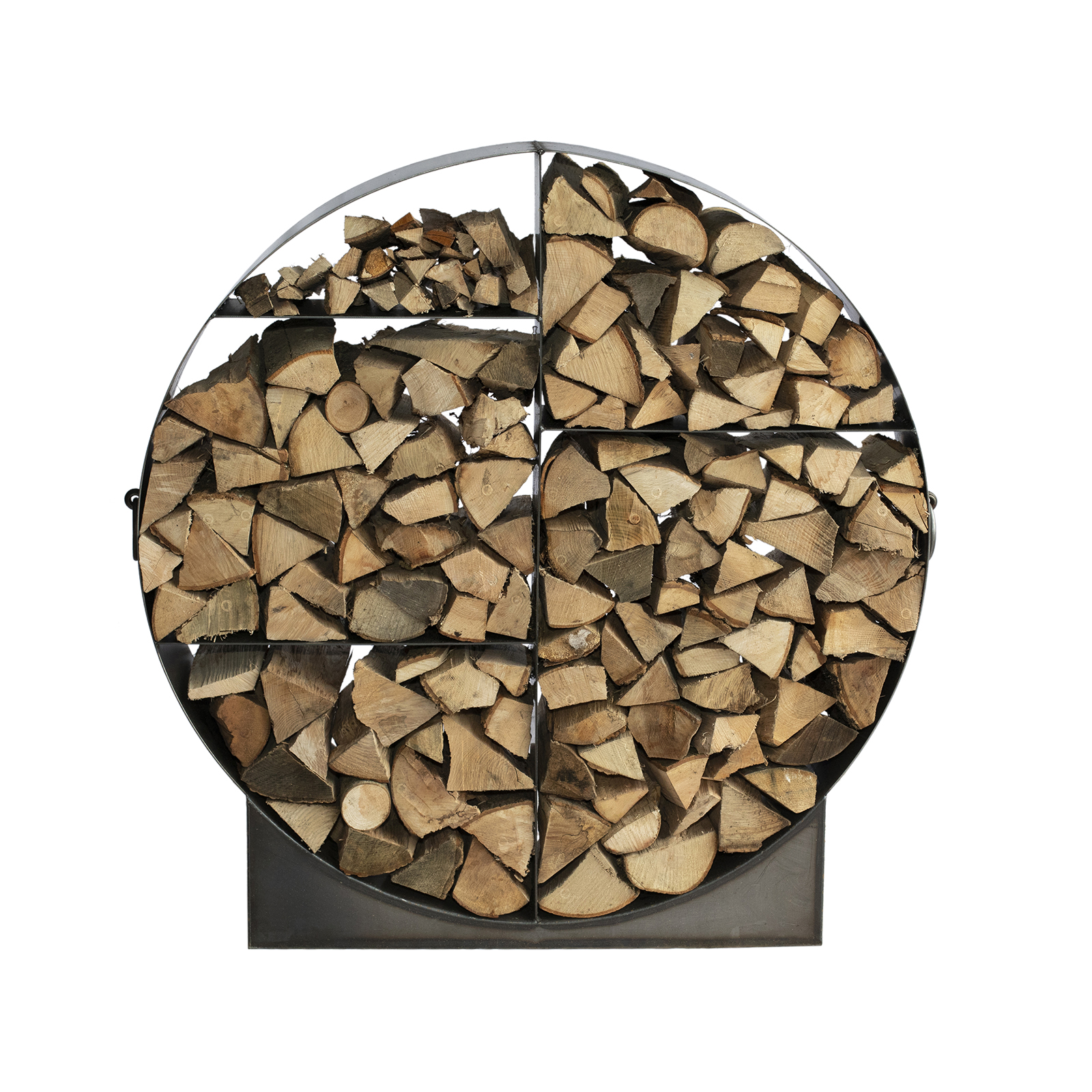
Types of Firewood: Which is Best?
If you are buying a wood burning stove then you will need to ensure you have a good supply of firewood (as well as a great log store to keep it in).
You should aim only to buy Ready to Burn firewood with a moisture content no higher than 20%. A moisture meter is a good means of establishing the moisture content of your logs, particularly if you have seasoned wet firewood at home.
(There is now legislation regarding the sale of wet wood; you should avoid burning wet wood as it produces more emissions – a pollutant called fine particulate matter (PM2.5) – and can damage your stove and chimney and flue liner over time.)
Hardwood tends to be a better option than softwood as it is denser, giving out more heat and burning for longer. Although softwoods are cheaper and quicker to light (making them perfect for getting a fire going), they are more likely to result in a build up of tar deposits in the flue and burn quicker than hardwood.
Kiln dried hardwoods or those that have been seasoned for at least one or two years, such as oak, ash, beech and birch are ideal.
If you want to use a couple of softwood logs to get the fire blazing, cedar is a good option.
How to Light a Log Burner in 10 Easy Steps
Before you light your wood burning stove, ensure there is no excessive ash build up from previous fires, although many specialists recommend leaving just a little ash to aid with burning. You should also ensure the air vents are fully open.
There are two main methods of lighting a log burner: the traditional method and the 'upside down' method. The traditional method is the one you are likely to be most familiar with, involving building a pyramid of kindling over a nest of screwed up newspaper or firelighters. However, with today's more efficient appliances, the upside down method is often favoured.
According to HETAS, this method "helps the flue get up to temperature more quickly and removes the need to open the appliance door to add fuel to the kindling which means there is less of a chance of the combustion chamber cooling."
With that in mind, our how to light a log burner guide outlines the upside down method.
1. Ensure the fire bed is clean and that there is not an excess of ash build up beneath that could prevent a good supply of oxygen.
2. Place two small logs (these can be hardwood or softwood but should have a moisture content of 20% or less) across the fire bed.
3. On top of the logs, place between five to eight small pieces of dry kindling. You can arrange these in a pyramid, or stacked at right angles to one another to form a grid.
4. Tuck a couple of natural firelighters into your kindling arrangement.
5. Fully open the air control to ensure a maximum supply of oxygen can reach the wood burner (essential to get the fire going).
6. Light the firelighters and close the doors. Rather than lock them shut, leave the doors just ajar while the fire gets going.
7. Leave the kindling to get alight.
8. Once burning well, close the doors of the stove fully and adjust the air control. This will depend on the manufacturer's instructions, but usually you can gradually reduce the control as the fire gets hotter and hotter.
9. Keep your eye on the fire. It is better to refuel little and often than to stack too many logs on at once. Ideally you want no more than two logs in your burner at a time (although this will depend on the size of your model).
10. Every time you refuel, you may need to open the air control again while the new log gets burning.
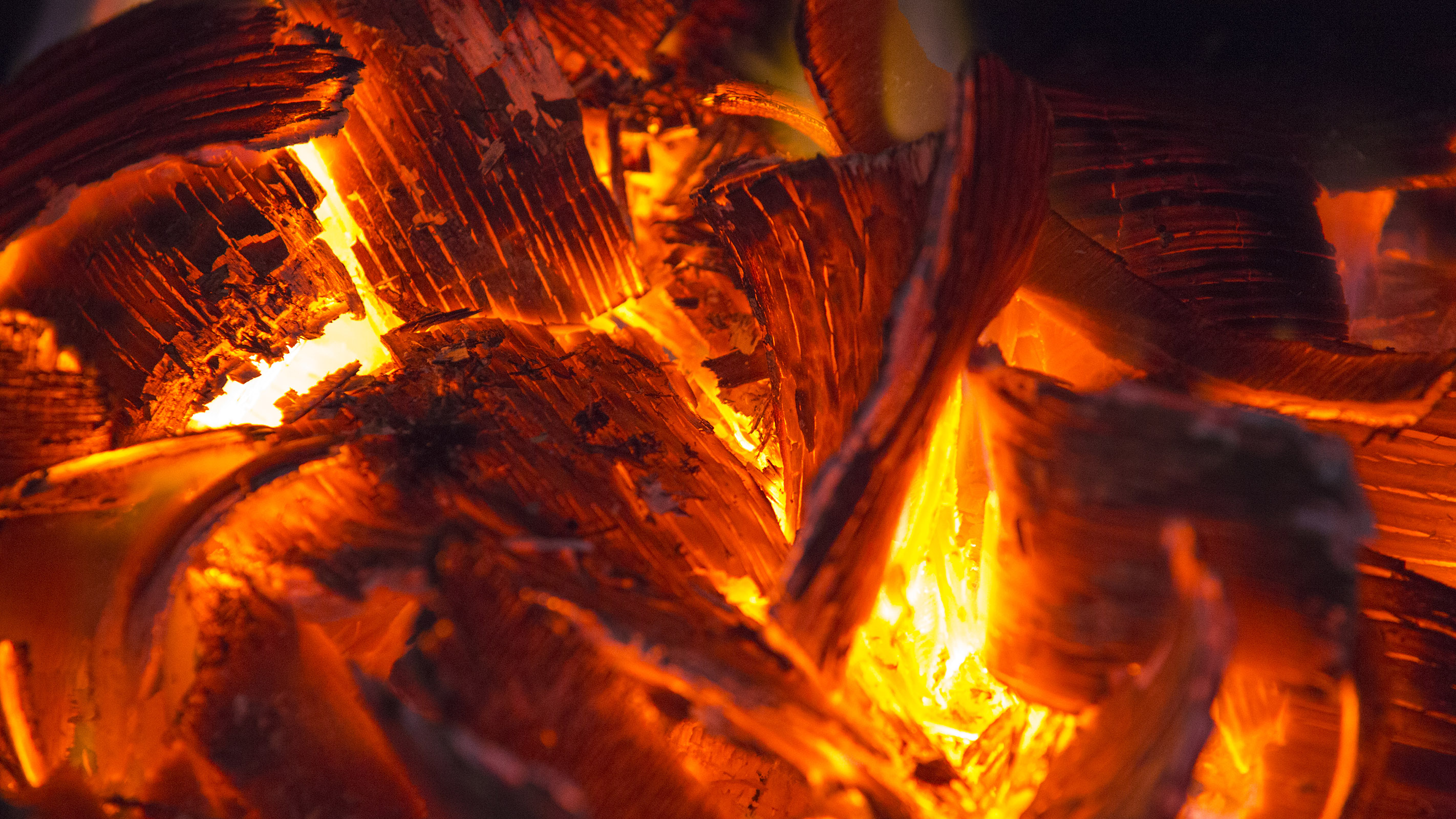
Can I Leave My Stove Burning Overnight?
When it comes to extinguishing a wood burner, there are a few tips to bear in mind.
There was a time when wood burning stoves were used as a primary heat source leading to manufacturers claiming their stoves were 'suitable for overnight burning' — or being operated in 'slumber mode'.
However, this is now rarely something that is recommended — or necessary for that matter.
It is always better – and safer – to ensure your stove fire is out before you go to bed. Leaving your fire burning overnight is bad from an environmental point of view, increases the potential for flue blockages, dirties the chimney, leads to badly stained glass in the doors and can affect how well a stove's airwash system works.
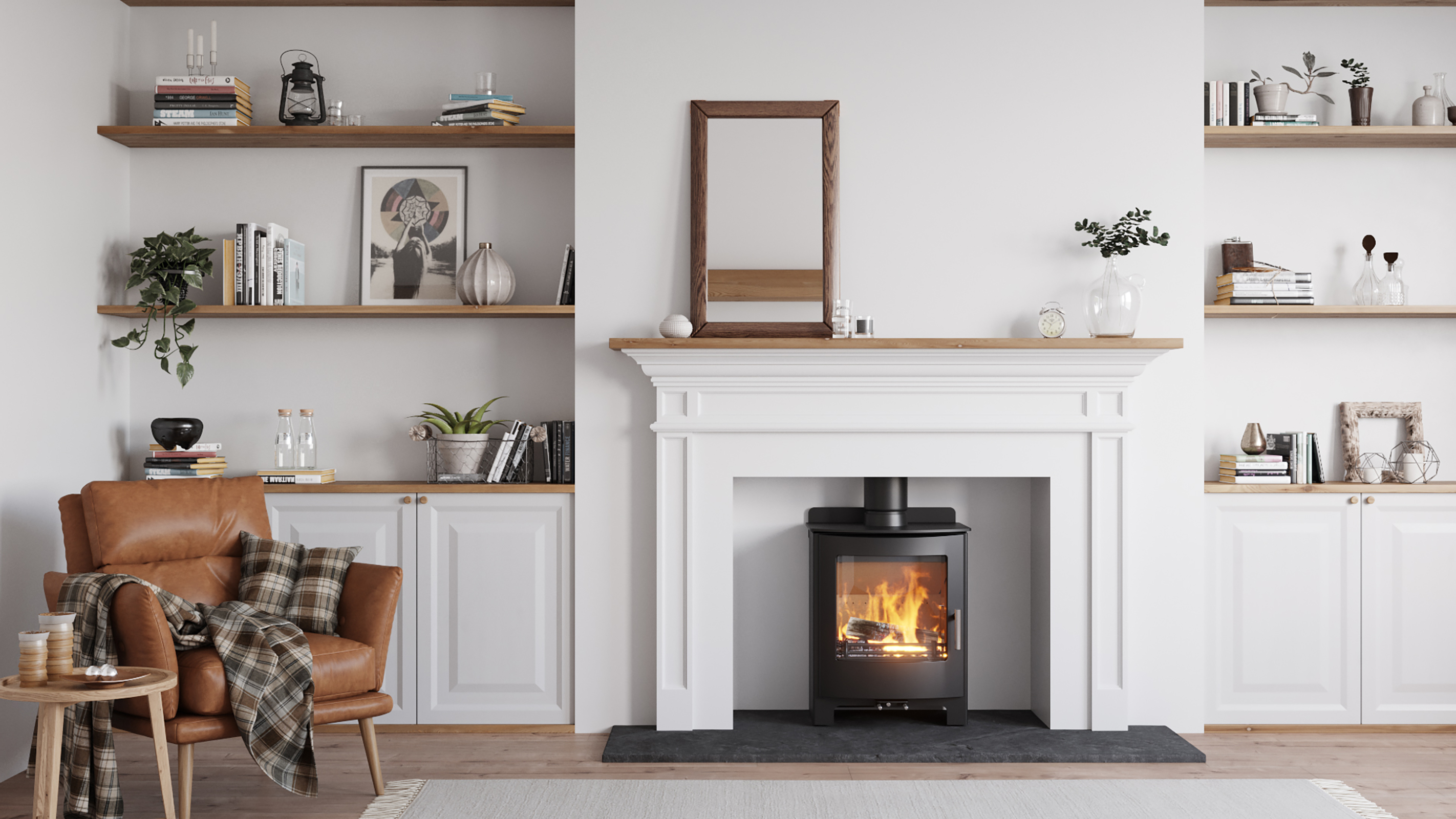
How to Put a Log Burning Stove Out
Getting your log burner to die down is simple.
1. Close the doors of your stove completely to starve the flames of oxygen.
2. Close the air vents fully — gradually the flames will die down to embers.
3. Once there are only embers remaining, carefully open the door and spread them out using a fire poker.
Can I Put Wood Ash On My Garden?
Wondering what to do with the ash from your log burner? We have several uses:
- Add it to your compost heap
- Spread it onto your soil and rake it in
- Sprinkle it onto pathways or driveways to prevent ice forming
- Put it in your household garden waste bin
Get the Homebuilding & Renovating Newsletter
Bring your dream home to life with expert advice, how to guides and design inspiration. Sign up for our newsletter and get two free tickets to a Homebuilding & Renovating Show near you.
Natasha was Homebuilding & Renovating’s Associate Content Editor and was a member of the Homebuilding team for over two decades. In her role on Homebuilding & Renovating she imparted her knowledge on a wide range of renovation topics, from window condensation to renovating bathrooms, to removing walls and adding an extension. She continues to write for Homebuilding on these topics, and more. An experienced journalist and renovation expert, she also writes for a number of other homes titles, including Homes & Gardens and Ideal Homes. Over the years Natasha has renovated and carried out a side extension to a Victorian terrace. She is currently living in the rural Edwardian cottage she renovated and extended on a largely DIY basis, living on site for the duration of the project.

